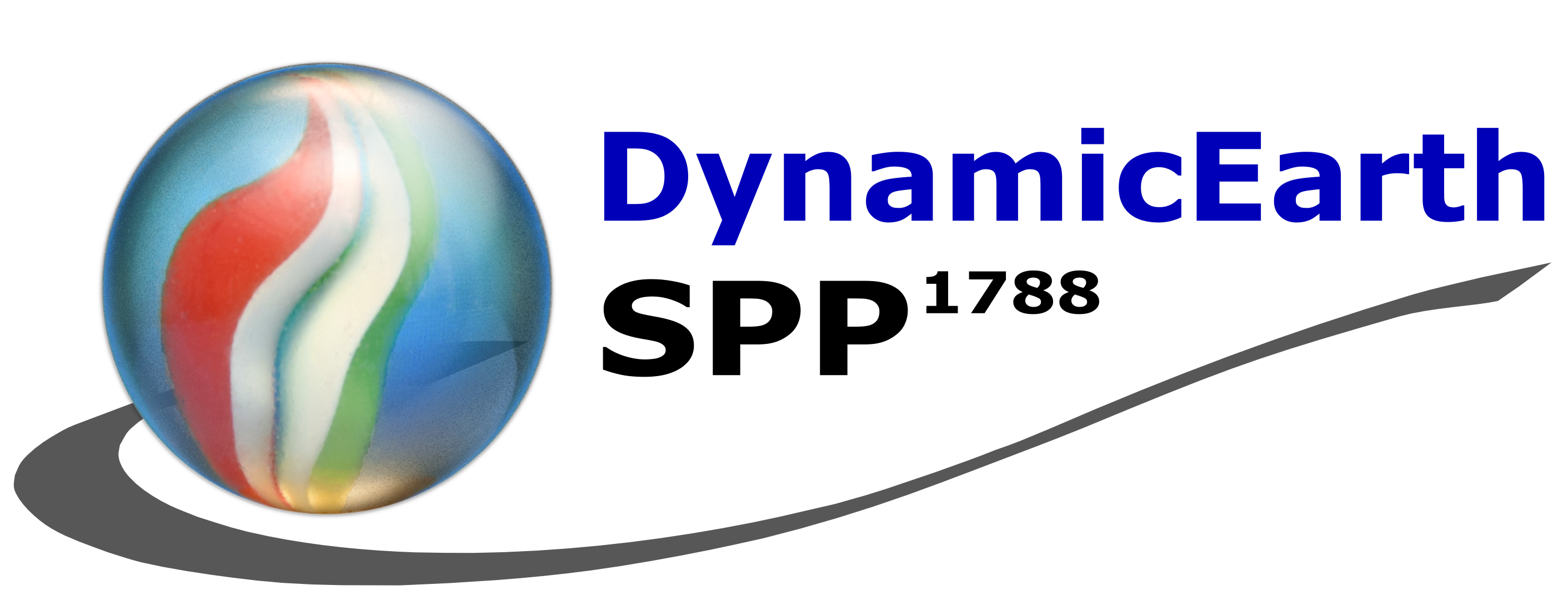The motion of a satellite depends on gravitational and non-gravitational accelerations. A major problem in precise orbit determination (POD) of low-Earth orbiting (LEO) objects such as satellites or space debris is modelling the thermospheric drag. It is the largest non-gravitational acceleration for satellites with altitudes lower than 1000 km and decelerates their movement. For example, the contribution of drag to the total acceleration of a LEO satellite with an altitude of around 350 km equals approximately the contribution of the Earth’s flattening. In case of the Swarm satellites with an altitude of around 460 km a non-consideration of the drag within the POD would cause an error of around 3 meters per revolution in the along-track direction. Therefore, the knowledge of the thermospheric density is of crucial importance in many geo-scientific applications such as remote sensing, satellite altimetry and satellite gravity missions, where orbits with an accuracy of a few millimetres are required. Yet, today’s usage of thermosphere models, often based on data collected at times with different solar conditions, may provide only limited accuracy in POD. Therefore, TIPOD aims on improving the POD of LEO satellites by applying further developed thermosphere models. For this purpose, data from various satellite tracking techniques (SLR, GNSS and DORIS) shall be assimilated into a physical coupled thermosphere-ionosphere model. Since these data are rather heterogeneous, an empirical model will be interposed between the observations and the physical model in the first step of the project. After calibrating the empirical model, its output will be assimilated into the physical model within the second step of the project and a number of selected physical key parameters will be calibrated. TIPOD addresses two main scientific questions: (1) how close can the physical model recover the empirical one within the investigated time span of recent satellite missions such as GRACE and Swarm, and (2) how far can the precise orbit determination be improved by the application of both models? The ultimate goal of TIPOD is to assimilate the input tracking data directly into the physical model. The end-user product of TIPOD is a POD of LEO satellites such as the Swarm satellites, which will be disseminated to users through the IAG/GGOS Focus Area 4.
